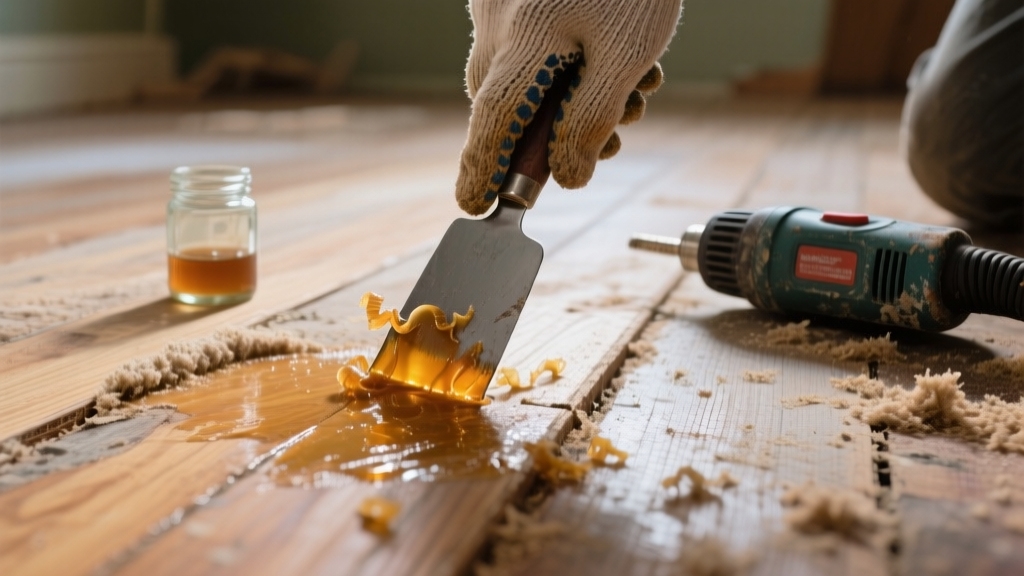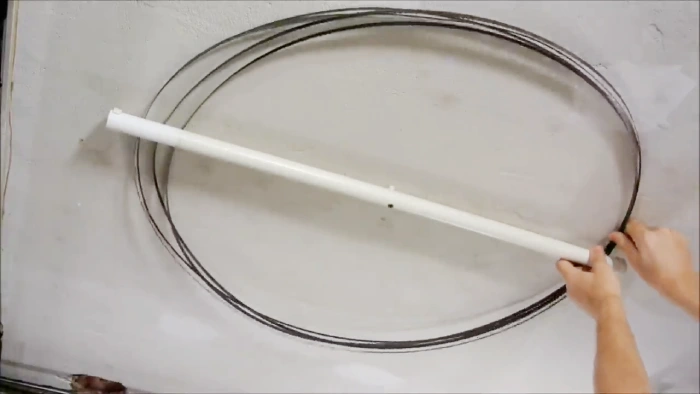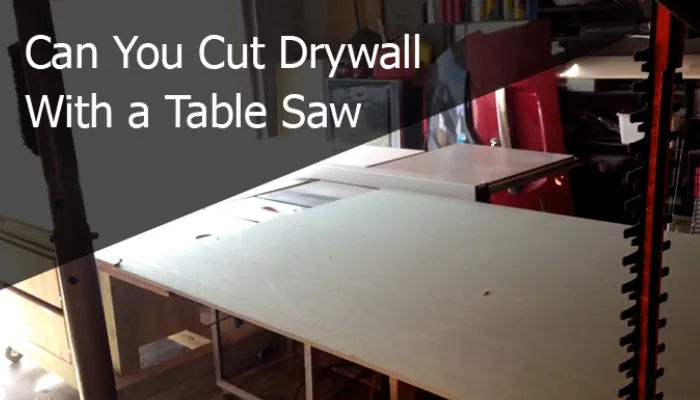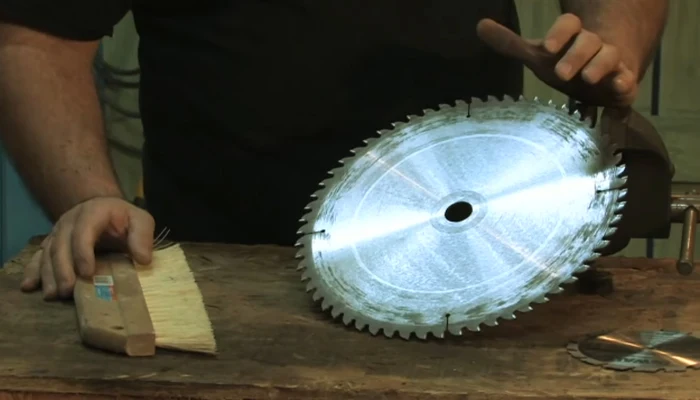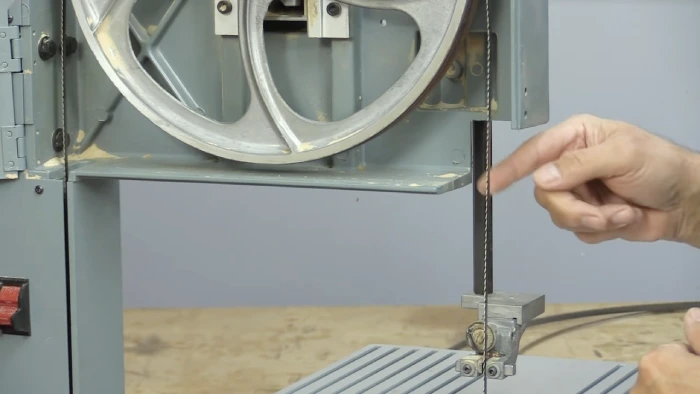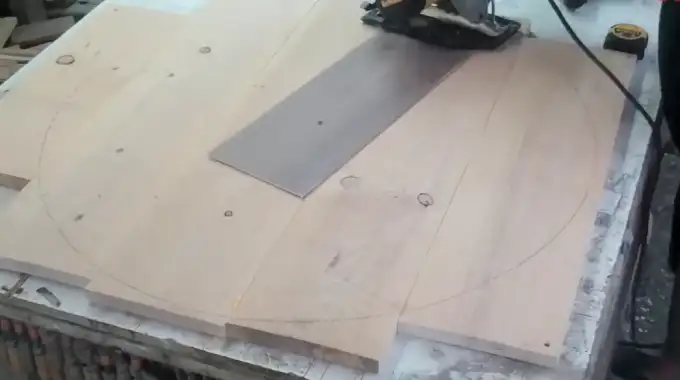How to Remove Carpet Glue From Wood? Easy Step-by-Step Tips
To remove carpet glue from wood, first identify its type: water-based or solvent-based. Test removers on a hidden spot. Scrape gently with a putty knife or use heat to soften stubborn areas. Then apply safe solvents like mineral spirits or citrus-based removers.
Wear gloves and work in a ventilated space. After loosening glue, sand lightly if needed, then clean residue with warm soapy water. For detailed steps and safety tips, keep exploring effective removal methods and finish preparation.
Key Takeaways
- Identify the type of carpet glue to choose the safest and most effective removal method for your wood floor.
- Use a putty knife or floor scraper at a 45-degree angle to gently lift and scrape off glue residue.
- Apply chemical solvents like mineral spirits or orange-based cleaners, testing first on a hidden wood area.
- Employ sanding or wire brushing for stubborn glue, starting with coarse grit and progressing to finer grits.
- Always wear protective gear, ensure ventilation, and test methods on small areas to prevent wood damage.
Identifying the Type of Carpet Glue on Wood
Before you begin removing carpet glue from wood, you need to identify the type of adhesive you’re dealing with.
Check the glue’s appearance and texture: water-based adhesives dry clear or milky and feel slightly rubbery, while solvent-based glues are darker, hard, and brittle.
Water-based adhesives appear clear or milky and feel rubbery; solvent-based glues are dark, hard, and brittle.
Pressure-sensitive adhesives leave a sticky, tacky film.
Smell the area; solvent-based adhesives emit strong chemical odors, while water-based ones have a mild or no scent.
Note residue type: solvent-based glues often leave tough, rubber-like deposits, whereas water-based adhesives can be powdery or soapy when wet.
If possible, review product labels or manufacturer info for adhesive type and VOC content.
Since wood flooring is sensitive to moisture, it is important to consider the glue removal method’s impact on moisture levels to prevent damage to the wood floor beneath.
For best results, selecting tools with appropriate blade materials can help minimize damage during mechanical glue removal.
Preparing the Wood Floor for Glue Removal
Identifying the type of carpet glue sets the stage for effective removal, but preparing the wood floor properly guarantees the process won’t cause damage.
Start by inspecting the wood for cracks, splinters, or rot, and ensure it’s dry. Moisture can compromise integrity. Regular inspections also help detect uneven wear or other hidden issues before treatment.
Test a small, hidden area to check how the wood reacts to solvents or abrasives.
Clean the surface thoroughly by removing dust and debris, then wash with a mild detergent and dry completely without oversaturating.
Protect surrounding areas with drop cloths and wear gloves and masks for safety.
Mask wood edges to prevent chemical damage.
Select solvents suited for wood, preferably citrus-based, and always test them on a small spot first. It is important that the glue should be fully dried to ensure easier removal and prevent damage to the wood.
These steps set a safe, effective stage for glue removal.
Mechanical Methods for Removing Carpet Glue
When you’re ready to tackle that carpet glue, grab a sturdy putty knife or a floor scraper. It’s best to hold it at a 45-degree angle.
This angle gives you the leverage you need while keeping your wood floor safe from damage. Using tools carefully also helps prevent surface wear and prolongs the life of your flooring.
Now, if you come across some stubborn glue residues, don’t worry! You can use coarse to fine grit sandpaper or even a wire brush to help smooth things out.
Just remember to work carefully and focus on small sections at a time. This way, you’ll have better control and you’ll protect your floor in the process. Always wear protective gloves and ensure good ventilation when working with any chemicals or solvents to soften the glue residues for safer removal protective gear.
Scraping Techniques
When tackling carpet glue removal, mechanical scraping techniques offer a direct, effective approach that puts control in your hands.
Start with a floor scraper held at a 45-degree angle to lift glue without gouging the wood. Use putty knives or razor-blade scrapers for tight corners and thin glue layers.
Keep blades sharp to reduce effort and risk of damage. Work along the wood grain applying moderate, consistent pressure. Maintaining proper blade tension can help preserve tool effectiveness and reduce wear.
For large areas, electric scrapers speed the job and reduce fatigue. Before scraping, soften glue with heat or steam to ease removal, but avoid overheating or over-wetting wood. It is important to wear PPE like gloves and goggles to protect yourself during this process.
Always test tools on an inconspicuous spot to gauge impact. Wear protective gear and clean debris frequently to maintain safety and clear visibility.
Sanding Options
Although sanding requires careful handling to protect your wood floor, it offers a powerful mechanical method to remove stubborn carpet glue. You’ll want to use orbital or random orbit sanders for controlled abrasion that minimizes gouging.
Belt sanders remove glue fast but clog easily, so use them cautiously. Specialized tools like The Rasp with diamond-impregnated surfaces provide smooth, efficient removal without changing sandpaper. Ensuring proper tool maintenance and alignment can help reduce vibration issues during sanding.
Start with coarse grits (40-60) to tackle thick glue, then progress to finer grits for a smooth finish. Maintain consistent motion and low speed to avoid overheating and uneven sanding. It is important to always wear ear defenders, gloves, and masks when using power tools to ensure safety.
Always clear debris and fix nails beforehand to prevent damage. After sanding, clean thoroughly and check for residual glue. Test sanding on a small area first to ensure your wood responds well.
Wire Brushing Methods
If you want to remove carpet glue efficiently without generating excessive dust, wire brushing offers a practical mechanical method.
Use stainless steel wire brushes on hardwoods like oak or maple, attaching wire cup brushes to grinders for large areas and smaller ones to drills for tight spots. Always follow manufacturer safety instructions to prevent injuries during the process.
Always soften the glue with a chemical stripper or water before brushing in small sections to prevent drying and overheating. To enhance chemical penetration during softening, it is advisable to cover the stripper with plastic to prevent evaporation and allow better adhesive loosening cover stripper with plastic.
Work with continuous light agitation to avoid deep scratches and clean brush buildup regularly.
Wire brushing removes glue residues effectively and adds texture but may need combining with scraping or solvents for stubborn adhesive.
Wear gloves, goggles, and a dust mask for safety, and thoroughly clean the floor post-brushing to prepare for finishing.
Using Chemical Solvents to Dissolve Adhesive Residue
Because adhesive residues can be stubborn, using chemical solvents offers an efficient way to dissolve carpet glue on wood floors. You can apply white spirit or specialized carpet glue solvents directly onto the residue with a cloth or brush, allowing several minutes for penetration.
For wet or partially cured adhesives, mineral spirits or orange cleaners work well, while WD-40 suits fresh glue. Acetone acts quickly but requires caution due to potential wood damage. Always wear protective clothing and ensure good ventilation when using chemical removers to prevent inhalation of fumes and contact with hazardous substances. Using appropriate solvents also helps in preventing rust formation on the wood surface.
After soaking, gently scrape or wipe away softened glue, repeating if necessary for thick layers. Always test solvents on a hidden spot first to prevent discoloration.
Once removed, clean the area thoroughly to eliminate solvent traces. This method effectively tackles various adhesive types while preserving the wood’s integrity.
Alternative Techniques and Safety Precautions
Hey there! Did you know that you can actually freeze carpet glue using dry ice? It makes the glue brittle and way easier to chip away, and the best part is you don’t have to rely on harsh chemicals. Using proper tools with sturdy construction can also help make the removal process smoother.
Just keep in mind, safety first! Always remember to wear protective gloves and eye gear. You definitely want to protect yourself from sharp tools and any exposure to solvents. It’s important to avoid harsh solvents that could dull or damage the floor’s protective layer.
And if you’re using any chemicals, make sure the area is well-ventilated. Oh, and a little tip: it’s a great idea to test any solutions on hidden spots first. This way, you can avoid damaging your wood finish.
Freezing Glue Removal
While freezing carpet glue may seem unconventional, it offers a chemical-free way to harden and brittle adhesives. This makes them easier for you to chip or scrape off wood surfaces.
Apply ice packs or dry ice directly to the glue, focusing on water-based or latex adhesives for best results.
Use a thin razor scraper or putty knife to carefully chip away the brittle glue, avoiding aggressive scraping to protect the wood.
Change blades often to maintain precision.
Limit freezing time to prevent moisture damage or discoloration.
Wear gloves when handling dry ice to avoid frostbite, and ensure good ventilation during dry ice use.
Repeat freezing and scraping as needed, and follow up with gentle cleaning.
Note that freezing isn’t effective on all glue types and requires patience for thorough removal.
When working with power tools to assist in glue removal, consider the power and performance differences to avoid damage to the wood surface.
Protective Gear Importance
Although removing carpet glue can be a straightforward task, neglecting proper protective gear and safety measures can lead to injuries or health risks.
You should always wear gloves to protect your skin from adhesive irritants and solvents.
Safety goggles are essential to shield your eyes from flying debris and chemical splashes.
Use a respirator or dust mask to avoid inhaling harmful fumes and airborne particles.
Protective clothing prevents chemical splashes and abrasive damage to your skin.
Make certain your workspace is well-ventilated and clear of obstacles to reduce exposure to fumes and minimize accidents. Proper ventilation helps reduce fumes and creates a safer working environment. Choosing equipment with effective dust collection can also significantly improve air quality during removal tasks.
Safe Chemical Use
Wearing protective gear sets the foundation for safe glue removal, but choosing the right chemicals and methods protects both your health and the environment. Opt for biodegradable, water-based removers like Sentinel 626 or solvent-free products such as Sentinel Formula 747 Plus to minimize toxicity and environmental impact. These products reflect a long-term commitment to eco-friendly formulations developed over decades. Always select formulas that comply with V.O.C. standards to reduce harmful emissions.
Ensure proper ventilation when applying any chemical remover, and cover nearby surfaces to avoid damage. For a chemical-free approach, consider freezing the glue with dry ice or soaking it with water before scraping. Use heat cautiously to soften glue without harming the wood.
Follow all label instructions meticulously, and prepare for multiple applications to preserve the subfloor’s integrity while effectively removing adhesive residues.
Cleaning and Treating the Wood After Glue Removal
Once you’ve removed the carpet glue, you need to clean any residual adhesive carefully to protect the wood surface.
Start by softening leftover glue with warm soapy water or a commercial adhesive remover like Goo Gone Pro Power.
Test solvents on a hidden spot first to avoid damage. Use gentle scraping tools to lift softened residue without scratching. Always ensure proper ventilation during this process to avoid inhaling potentially harmful fumes.
Afterward, rinse thoroughly with clean water to eliminate chemical traces and dry the surface completely. Next, vacuum or brush away dust and debris, ensuring no dirt remains trapped.
If glue removal exposed porous wood, apply a wood conditioner or grain filler to even out absorption. Finally, nourish the wood with penetrating oils or sealers, compatible with its finish. Proper ventilation during cleaning helps dissipate odors and preserves indoor air quality.
Ensuring a Smooth Surface for Refinishing or New Flooring
Before applying any finish or laying new flooring, you’ll want to verify the wood surface is perfectly smooth and free of imperfections.
Start by lightly sanding the entire area with fine-grit sandpaper to level any residual glue spots and minor unevenness. For stubborn carpet glue, using a product like Goo Gone Pro Power can help break it down effectively before sanding.
Then, remove all sanding dust using a vacuum and tack cloths to ensure proper adhesion for sealers or flooring materials. Inspect for dents or scratches, repairing them to create a uniform surface.
Lastly, confirm the wood is completely dry before proceeding.
To guarantee ideal results:
- Lightly sand to avoid over-thinning the wood.
- Thoroughly clean sanding residue for better adhesion.
- Repair minor surface damage before finishing.
- Verify dryness to prevent finish issues or flooring failure.
This approach readies your wood for refinishing or new flooring installation.
Frequently Asked Questions
Can Carpet Glue Removal Damage the Wood’s Structural Integrity?
Yes, removing carpet glue can damage your wood’s structural integrity if you’re not careful.
Aggressive scraping or sanding can gouge or thin the wood fibers, weakening the surface.
Overuse of harsh chemicals or excessive heat may discolor or dry out the wood, causing cracks or warping.
To protect your wood, use gentle, controlled methods tailored to the adhesive type.
Test solvents on hidden spots and avoid over-application or excessive force.
How Long Does Carpet Glue Removal Typically Take?
Think of removing carpet glue like peeling layers off an onion. It takes patience.
Typically, you’ll spend a few hours on small areas, but larger floors might demand a full day or more.
The process involves softening the glue, scraping, and possibly sanding. Factors like glue type, age, and thickness affect timing, so plan for repetitive steps.
Using chemical removers and proper tools speeds things up, but don’t rush. You want a smooth, damage-free finish.
Is Professional Carpet Glue Removal Worth the Cost?
Yes, professional carpet glue removal is worth the cost if you want to avoid damage and save time.
You’ll get efficient, thorough removal with specialized tools and expertise, minimizing risks to your wood floors.
While DIY saves money on small jobs, professionals handle hazardous chemicals, disposal, and cleanup safely.
For large or complex areas, their service guarantees quality results and peace of mind, making the investment justified.
Can Leftover Glue Cause Allergic Reactions or Health Issues?
Yes, leftover carpet glue can cause allergic reactions and health issues. You may experience skin rashes, respiratory symptoms like coughing or wheezing, and eye or throat irritation due to volatile organic compounds (VOCs) off-gassing from the adhesive.
If you have asthma or sensitivities, these effects can worsen. To protect your health, you should eliminate adhesive residues thoroughly and ensure good ventilation to minimize exposure to harmful chemicals.
Are There Eco-Friendly Carpet Glue Removal Products Available?
Yes, you’ll find several eco-friendly carpet glue removers on the market. Products like SureCrete GlueRemove™, Klean-Strip Green Floor Adhesive Remover, and Sentinel 626 offer water-based, biodegradable formulas that are non-flammable and low odor.
They’re designed to safely soften adhesives without harming wood or indoor air quality. Using these reduces toxic fumes and environmental impact while effectively eliminating glue residues.
This makes your removal process safer for both you and the environment.
Take Action: Start Removing Carpet Glue Today
So, you’ve wrestled with that stubborn carpet glue like a DIY gladiator. Scraping, dissolving, maybe even bribing it with solvents.
Remember, patience and proper prep are your best allies; rushing turns your wood floor into a war zone of scratches and sticky regrets.
Treat the surface right, and soon enough, your wood will be smoother than a cat in silk pajamas, ready for whatever new flooring adventure you’ve got planned.

